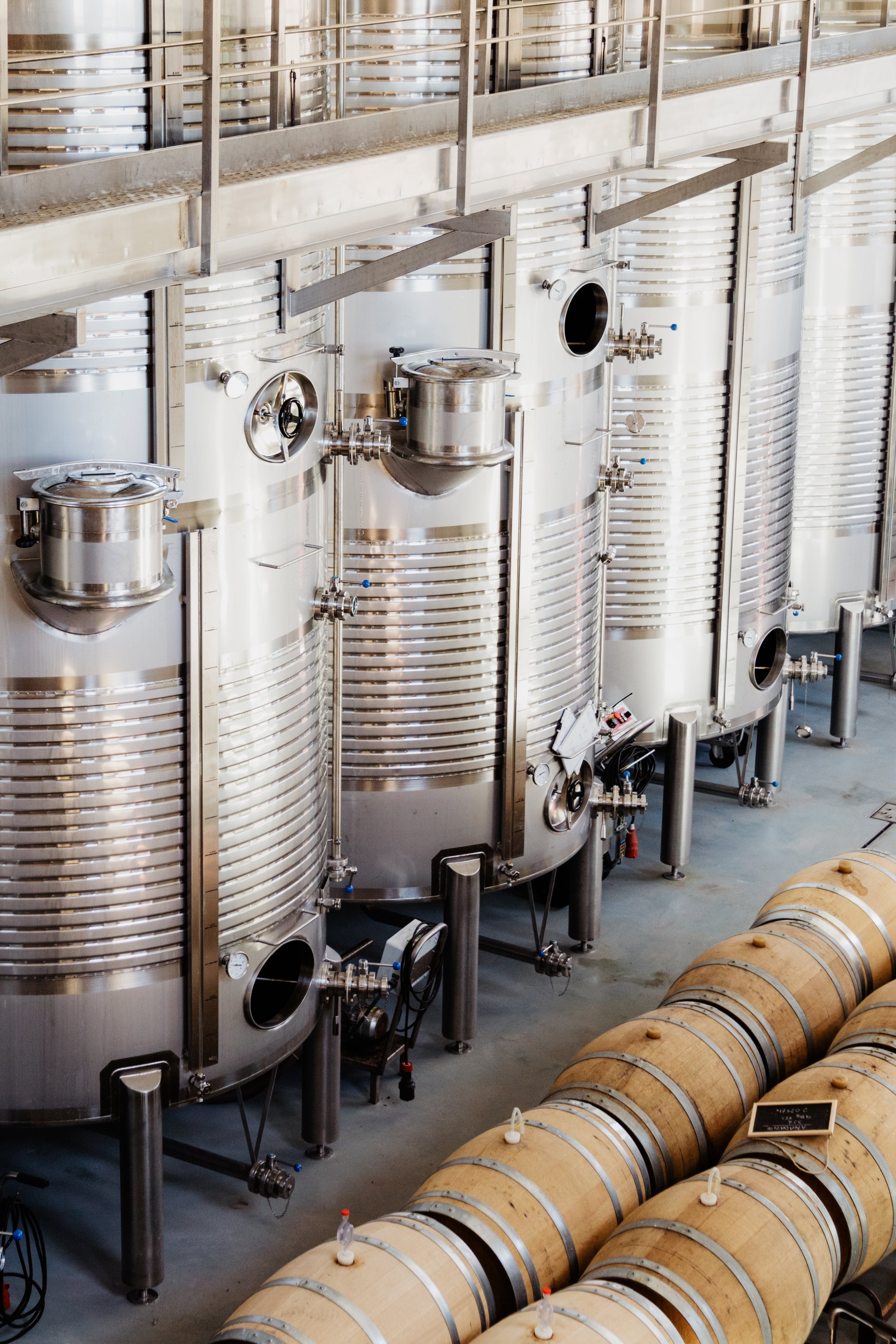Passer à la grille des produits
-
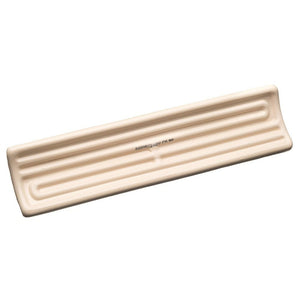
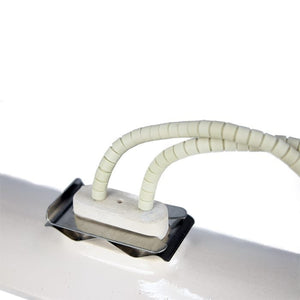
Full Size Ceramic Infrared Heating Element | 245 x 60mm – Energy-Efficient & Durable
Prix habituel Du £14.52Prix habituel -

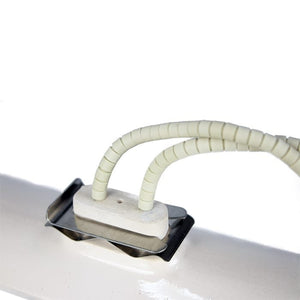
Half Size Ceramic Infrared Heating Element | 125 x 60mm – Energy-Efficient & Durable
Prix habituel Du £12.60Prix habituel -
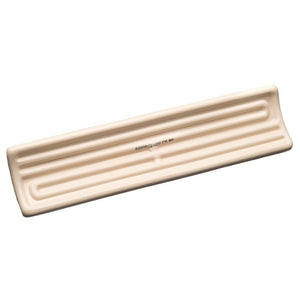
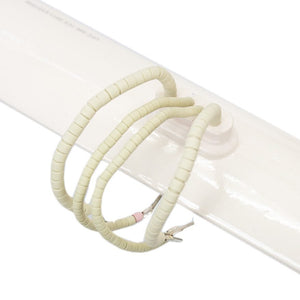
Full Size Ceramic Infrared Heating Element (245x60mm) with K-Type Thermocouple – Precision Temperature Control
Prix habituel Du £19.32Prix habituel -
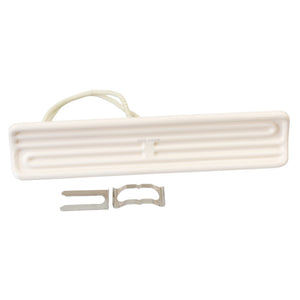

Dimplex Ceramic Element 1000w CXD2000 18277/0
Prix habituel £46.80Prix habituel -


Ceramic Element Reflector
Prix habituel Du £10.20Prix habituel -
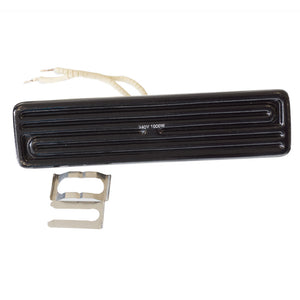
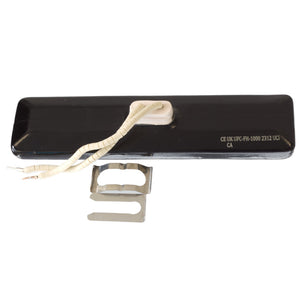
Ceramic Infrared Heater Element: Full-Size, Flat Hollow Black (245x60mm)
Prix habituel £15.60Prix habituel -


Sealey CH30 Replacement Ceramic Element: 1400W, 240V (245x100mm)
Prix habituel £24.00Prix habituel -


Ceramic Infrared Element - full size - 110v
Prix habituel Du £16.08Prix habituel -
-£3.02
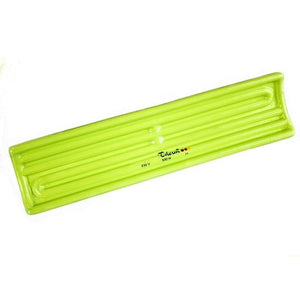

Ceramic Infrared Element - GREEN
Prix habituel £13.20Prix habituel£16.22-£3.02 Prix soldé £13.20 -

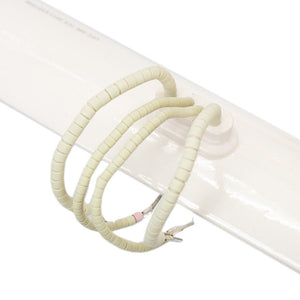
Half Size Ceramic Infrared Heating Element (125x60mm) with K-Type Thermocouple – Precision Temperature Control
Prix habituel Du £16.20Prix habituel -
-£3.60
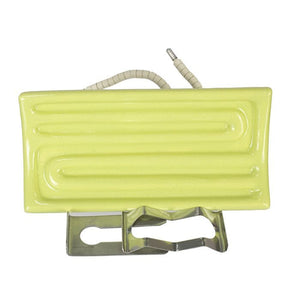
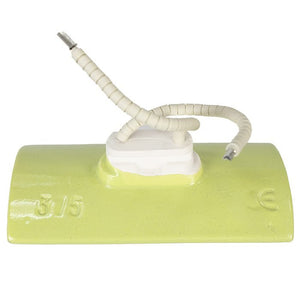
Ceramic Infrared Heating Element Green - half size
Prix habituel £9.00Prix habituel£12.60-£3.60 Prix soldé £9.00 -
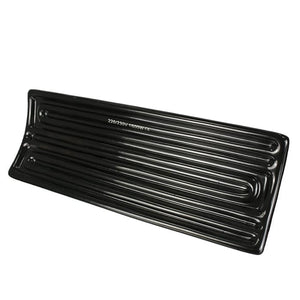

Ceramic Element - Large 1300W
Prix habituel £25.80Prix habituel -


Ceramic Heating Bulbs – E27 Fitting (100W, 150W, 200W)
Prix habituel £6.00Prix habituel -
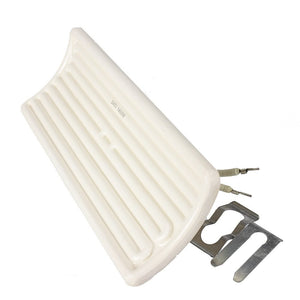

Sealey CH30 Replacement Ceramic Element: 1400W, 110V (245x100mm)
Prix habituel £24.60Prix habituel

